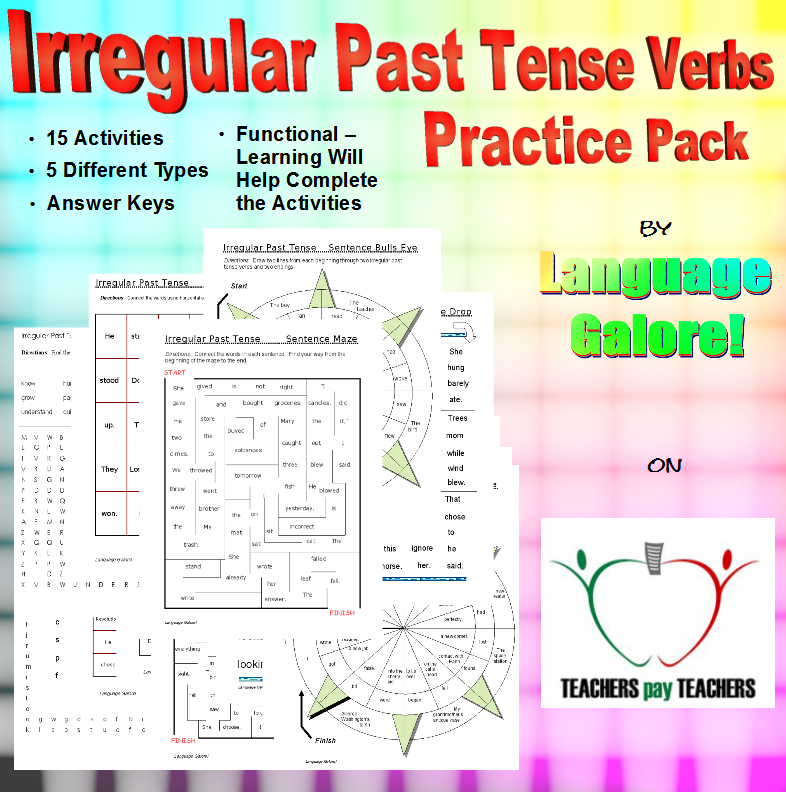One of the most common causes of difficulties in comprehension and following directions is specific difficulty with understanding varied syntactic negative forms. Anything that can be said can, if necessary, be negated. When this occurs, it adds a layer of complexity and difficulty. Some facts:
- There are basic negatives (e.g. no, not, never), negatives that affect varied tense (e.g. do not, did not, didn’t, don’t, won’t, etc.), and negatives in questions (e.g. “Won’t you..” “Can’t you..”, “Wouldn’t you…”).
- Advanced negation requires increasing demands upon working memory, both with comprehension and production. Negative prefixes, such as un-, dis-, and non- may be difficult for advanced language learners.
- The specific negative word a child uses may reflect the specific manner in which a parent uses negation to control behavior. Some parents use no frequently, while others employ don’t (Owens, 1996). Parenting advice often encourages use of positive discipline (e.g., “Walk”, instead of “Don’t run.”) which may affect children’s comprehension of negation. Children who hear both positive and negative versions of the same request may be predisposed to earlier learning of the concepts of negation and opposition.
- Children often simplify sentences with negation by eliminating subjects, and putting the simple negative form prior to the verb (L. Bloom, 1970). Thus, an intended sentence such as “Mommy no go bye-bye.” may initially be produced as “No go bye-bye.”








December 23, 2008 at 6:46 pm
Paul, this is another of your posts that I was glad to read. Too often, the power of negation is ignored in such mundane matters as assessing children’s vocabulary. For example, I often will ask young children questions or give them tasks that require an understanding of negation pretty early in an informal assessment: While showing a child a toy rabbit, toy train, and toy rake, I’ll say, “Touch one that is not a train.” If kindergartners do not know how to perform that task, it’s time for some serious (and I mean explicit and systematic) teaching!
LikeLike
December 24, 2008 at 2:17 pm
Thank you, John, for your comment! I give the PLS-4 test a lot, and I would say the negation item is the one thing that language impaired kids most consistently miss. For some reason, though, I haven’t come across many SLPs that specifically target negation.
LikeLike